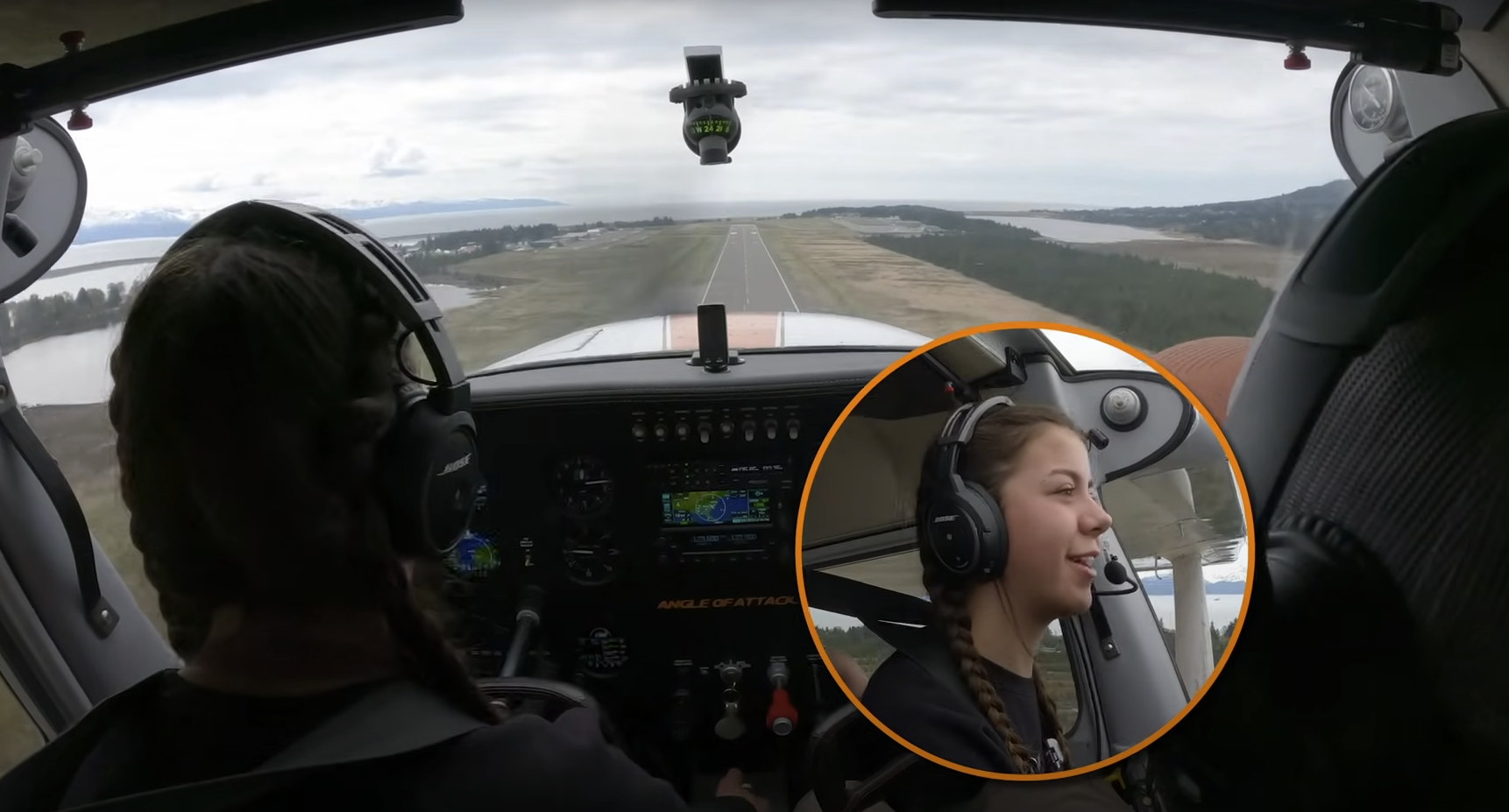
It’s one thing to takeoff from a short field, and an entirely different thing to do it with a heavy load. While we weren’t at max gross weight, we still had two grown men on board and a lot of camera and drone equipment.
Of course performance completely changes when the aircraft is loaded like this. It doesn’t accelerate as fast, it doesn’t climb as well. We don’t have as good of a power to weight ratio to give us the extra umph in the climb.
And, with a 1963 Cessna 172, with a 145 horse engine, we really don’t have a lot to help us out.
Whenever you do operations like this, you have to plan out all the performance numbers and be really careful in knowing what your airplane can and can’t do.
Also, what you see on paper isn’t what always happens in the real world. Those numbers in the POH were derived from test pilots at the manufacturer. Ask yourself if you’re as good as a test pilot.
Still, you can safely learn the limitations of your airplane.
Whenever you’re adding weight like we did here, as compared to the other videos, you have to be extra careful. Just make sure you do all you can to know what you’re up against.
It should not only work out on paper, but it should work out for your skill level.
As you can see in this short landing takeoff video, I’m very patient with the airplane. Nothing is rushed. I fly smooth and deliberate.
Do the same, assuming all your numbers work out + some fudge factor and things will work out just fine.
Chief Flight Instructor and President of Angle of Attack. Founded in 2006.

Stay Connected
Be the very first to get notified when we publish new flying videos, free lessons, and special offers on our courses.





